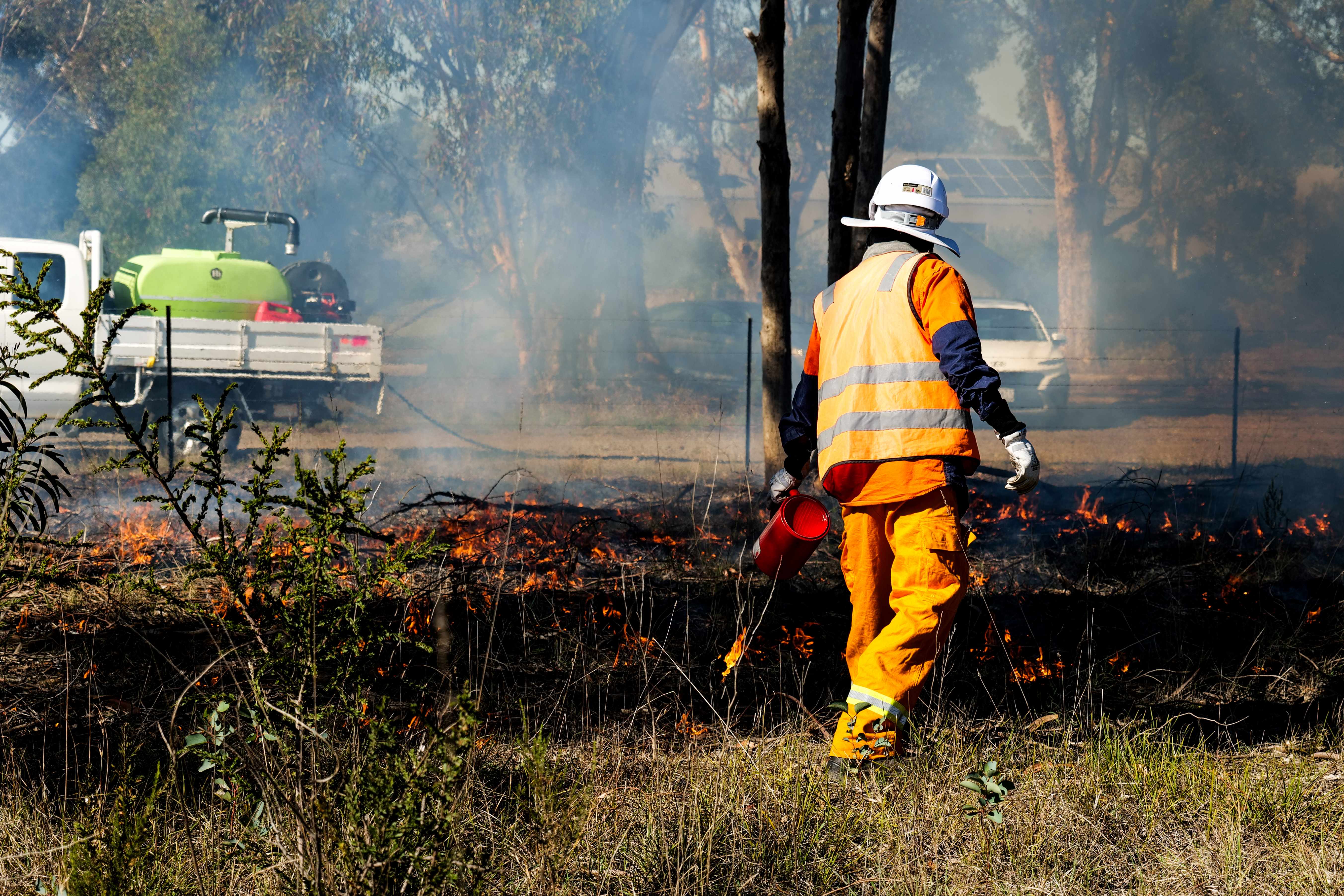Restoring Melbourne’s endangered native grasslands
Restoring Melbourne’s endangered native grasslands
Metro Trains and the University of Melbourne are returning some of Victoria’s critically endangered native grasslands to their original glory.
The Sunbury Line Biosite Connectivity Project has been researching the best way to restore native grasslands along rail lines. It is re-using soil excavated from rail construction sites, and reintroducing plant species that existed there 40 years ago.
This work is being done as part of the Sunbury Line Upgrade Project, and aims to enhance and connect more than three hectares of land on the Sunbury Line.
Metro Trains Biodiversity Manager Ben Roberts says, “The Sunbury Line Biosite Connectivity Project adds tremendous value to Metro’s existing biodiversity program. It will enhance some of our most significant native grasslands and improve biodiversity connectivity.
“By working with the University of Melbourne on this project, we have been able to incorporate industry leading techniques to restore native grasslands and reintroduce both threatened and otherwise common species that have been lost from the rail corridor in recent history.”

When steam trains ran on the Sunbury Line, controlled burns were routinely undertaken on the rail reserve to protect neighbouring properties from fires.
These burns had the unintended consequence of preserving the health and diversity of the native grasslands along the line as they were lost from the surrounding landscape which was cleared for agriculture and housing. However regular burning ceased in the 1980s leading to the loss of many grassland sites and species.
Today Metro’s 23 protected biodiversity sites on the Sunbury Line are home to many endangered grassland plants and animals but most sites are small and isolated.
Metro Trains now conducts controlled burns to remove weeds and ensure the health of the vegetation.
The University of Melbourne’s Burnley campus has pioneered research into restoring native grasslands using a technique known as direct seeding.
This includes preparing the soil surface to remove the threat of weeds establishing in the restoration area, and sowing seed of native species into the prepared soil surface.

University of Melbourne’s Professor Nick Williams says, “Given the continuing destruction of native grasslands in Melbourne, Metro’s Sunbury Line Biosite Connectivity project is a beacon of hope.
“It demonstrates that land managers dedicated to biodiversity conservation can restore and connect this critically endangered ecosystem, create habitat and return species lost from the landscape while simultaneously reducing construction costs and achieving circular economy goals”.
The University also manages a Seed Production Area at its Burnley campus dedicated to growing seed for its partnered research projects.
Native plants such as Button Wrinklewort and Basalt Podolepis have been reintroduced into the restoration areas, and the sites are home to animals including the Striped Legless-lizard and Tussock Skink.
